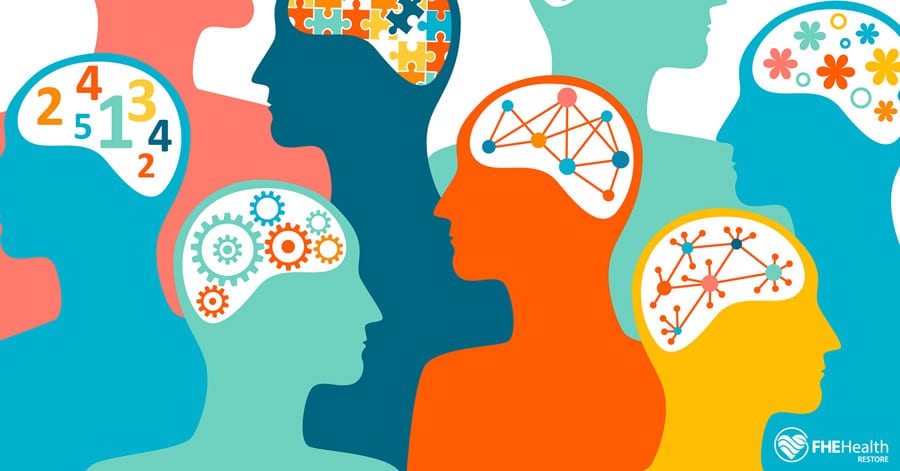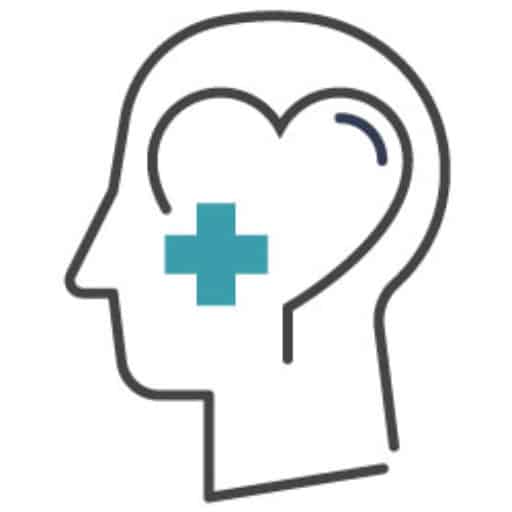Everyone’s brain has its strengths and weaknesses. Some have stronger memories, while others can concentrate for longer periods. The neurodiversity theory acknowledges that while everyone thinks differently, some people have unique thought patterns that others mislabel as a disability or disease.
Contrary to social stigmas, neurodivergent people are just as capable as others. Their brains simply take a different route to complete the same task. Cognitive differences make groups stronger because they generate new perspectives, allowing everyone to live their fullest lives.
Defining Neurodiversity
Neurodiversity refers to the various brain neurotypes that exist in the world. Instead of framing cognitive differences as a burden to overcome, neurodiversity celebrates the unique thought patterns and perspectives. Positive traits may include creativity, heightened empathy, objective thinking, special skills and the ability to generate fresh, innovative ideas.
Neurotypical people have the most common neurotype. Everyone’s brain works differently, but if you’re neurodivergent, your brain has significant contrasts from the typical mind. Neurodivergence is an inherent part of you, not a condition that develops over time. No one can become autistic or lose their ADHD as they age.
What Qualifies as Neurodivergent?
While some use the terms “neurodivergent” and “mentally ill” interchangeably, neurodivergence isn’t a mental illness. Mental conditions, such as depression, anxiety and PTSD, arise from traumatizing events and cause distressing symptoms. People search for treatments for their insomnia, flashbacks, panic attacks and mood swings that make daily living a chore.
Conversely, neurodiversity isn’t inherently negative. Most would agree that signs of mental illness, such as finding it hard to get out of bed, make it harder to function. Neurodivergent traits mostly cause issues when the environment is unaccommodating. For example, an individual with a sensory processing disorder might fail a test in an overstimulating environment but pass the same test in a dark, quiet room.
Doctors aim to cure disorders, but neurodivergent people don’t need a cure. Instead, treatment aims to help them function in various situations by adjusting their thought patterns, changing their environments and requesting accommodations when they need them.
Autism Spectrum Disorder (ASD)
Autistic people have distinct perceptions and thought patterns that influence their interactions with others. While the stereotypical autistic person is an adolescent boy with no friends or social skills, ASD looks different in every individual. Millions of autistic people are friendly, outgoing and sociable, while others are more reserved.
Common traits associated with ASD include:
- Rigid, black-and-white thinking patterns
- Sensitivities to external stimuli, such as flashing lights
- Repetitive physical movements
- Hyperfixations on characters, places or objects
- Unusual tone of voice
- Trouble expressing or determining other people’s emotions
- Avoidance of physical touch
Most autistic adults can develop the social skills they may have lacked in childhood.
Attention Deficit Hyperactivity Disorder (ADHD)
Typically diagnosed in childhood, ADHD is characterized by restlessness and impulsivity. The CDC notes that 64% of children with ADHD have another condition, such as anxiety or autism. Signs of ADHD include:
- Frequent daydreaming
- Low concentration
- Inability to sit still
- Talking out of turn
- Poor short-term memory
- Trouble listening
- Excessive risk-taking
Despite its bad reputation, ADHD comes with positive traits, including creativity, spontaneity, friendliness, forgiving natures and high intelligence. Adults with ADHD often try to embrace their unique thinking patterns instead of stifling them. They frequently have energy for exercise, road trips and outdoor adventures.
Learning Disabilities
Learning disabilities alter the way the brain processes information. People with learning disabilities are just as intelligent as their peers, but they have trouble discerning numbers, letters, phrases and sounds with traditional learning techniques. Common diagnoses include dyslexia, dysgraphia and dyscalculia.
People often learn they have a learning disability when they have trouble reading, writing or completing math problems in early childhood. Treatment programs may include tutoring, medicine, speech therapy and classroom adjustments. Schools can develop an individualized education program (IEP) and revise it every year.
Challenges of Neurodiversity
The world is built for neurotypical people. Stores, restaurants, theaters, homes, medical clinics and office buildings have few accommodations, particularly for people with “invisible” conditions. As a result, neurodivergent people need extra tools to complete the same duties.
To complicate matters, individuals frequently need customized help. Thousands of people in wheelchairs could use the same ramp, but every person with cognitive differences has a unique set of challenges. At times, stereotypes and social issues make these struggles seem insurmountable.
Social Stigma
If you’re neurodivergent, you’ve heard it all. People with your condition are supposedly lazy, manipulative, unintelligent, weak, useless and slow. When you ask for accommodations, you hear “Why don’t you know how to do this already?” Some don’t say this outright, but their passive-aggressive comments and gestures make you feel unwanted.
Some people see any diagnosis, whether it’s ADHD or depression, as a sign that you have something “wrong” with you. You’re struggling without therapy, but you worry that your friends, coworkers and relatives would turn on you. As a result, your mental health deteriorates.
Lack of Inclusion
Lack of information results in few options in the workplace. Some want to help but never anticipated that a neurodivergent person would join the company. Due to harmful stereotypes, they may have assumed neurodivergent people are too “disabled” to hold down a job. They reach out, but their corporate employers provide few resources.
Worse still, some groups refuse to make accommodations. Perhaps you heard “Suck it up!” and “Toughen up!” in your childhood. Or maybe when you brought up an issue, such as your struggle to make eye contact, an adult forced you into the situation and accused you of making excuses. But this tactic won’t work because you can’t change your brain’s wiring.
Misinformation
Persisting stereotypes about autism, ADHD and learning disabilities make it hard for people to seek help. Common neurodivergence myths include:
- Women can’t be autistic.
- Only children have ADHD.
- Autistic people have no social skills.
- If you don’t get a diagnosis in childhood, you’re not autistic.
- People grow out of learning disabilities.
- Every autistic person loves math and science.
- You can’t be neurodivergent if you do well in English.
- Autism and ADHD didn’t exist in the past.
Many people dismiss the possibility of neurodivergence because they don’t fit into these rigid stereotypes. When a therapist brings it up, they’re shocked to learn they’re a possible candidate.
Talk About Mental Health
Neurodivergence isn’t necessarily a disability, but sensory and processing issues make everyday life more challenging. Mental illnesses, such as depression and anxiety, can arise from your struggles. Our free 24/7 hotline provides free information on addiction, neurodiversity, mental conditions and treatment options. Contact us today to speak with a counselor.



